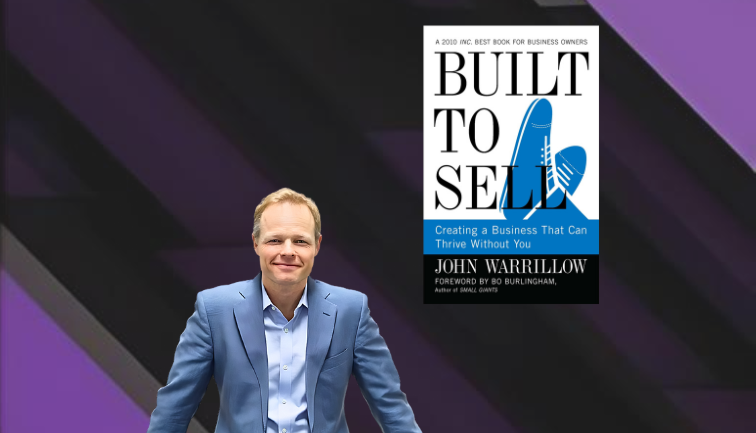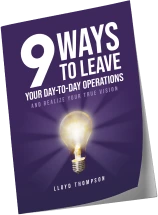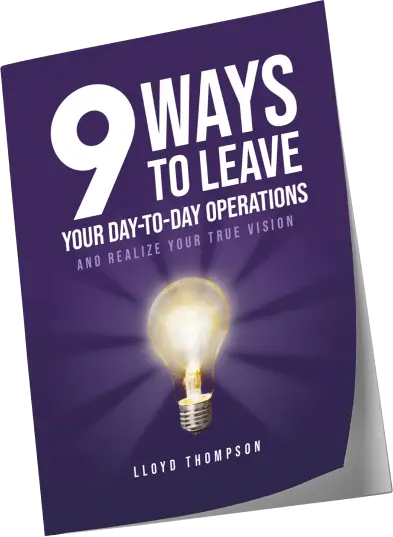What is the difference between a product and a service?
Why would you care?
It can impact the value of your business.
This is just one gem of knowledge I took away from “Built to Sell” by John Warrillow.
Product based businesses are generally more valuable to buyers.
Why?
If it is a proven product, where your steps to deliver are cookie cutter. Same and same again. It’s scalable.
You can train others to deliver it.
You can train others to sell it.
If you have a product business then make sure that is clear in your offering.
Call it a product. Refer to those people who buy your stuff as Customers.
Do not refer to them as Clients. That is the language used by Service based businesses.
Here were my key takeaways:
1. Focus on Scalability
- Niche Down
- Specialize in one product or service that you can deliver exceptionally well.
- Avoid being a generalist.
- Repeatable Sales Process
- Develop a sales process that can be replicated by your team, ensuring consistent delivery and quality.
2. Standardization and Processes
- Document Everything
- Create detailed manuals and systems for every aspect of your business.
- This makes it easier to train new employees and ensures continuity.
- Streamline Operations
- Simplify and automate processes wherever possible to enhance efficiency and reduce reliance on key individuals.
3. Brand Independence
- Reduce Owner Dependence
- Ensure the business can operate without you.
- Customers should buy the product or service, not you personally.
- Build a Strong Brand
- Develop a brand that stands on its own, making it more attractive to potential buyers.
4. Recurring Revenue
- Subscription Models
- Incorporate subscription-based or recurring revenue models to create a predictable income stream.
- Customer Retention
- Focus on long-term customer relationships and retention strategies to maintain a steady cash flow.
5. Financial Health
- Clean Financials
- Maintain accurate and transparent financial records. This will make your business more attractive to buyers.
- Profitability
- Strive for consistent profitability, demonstrating the business’s sustainability and potential for growth.
6. Creating a Sellable Business
- Identify Potential Buyers
- Understand who might be interested in buying your business and tailor your operations to be appealing to them.
- Valuation
- Know how businesses like yours are valued and work towards improving key metrics that affect valuation.
7. Transition Planning
- Succession Plan
- Develop a succession plan to ensure a smooth transition for the new owner.
- Exit Strategy
- Have a clear exit strategy in place, knowing when and how you want to sell.
Talk soon,
Lloyd
PS – Need your team and systems in order ready for sale? Let’s chat.







